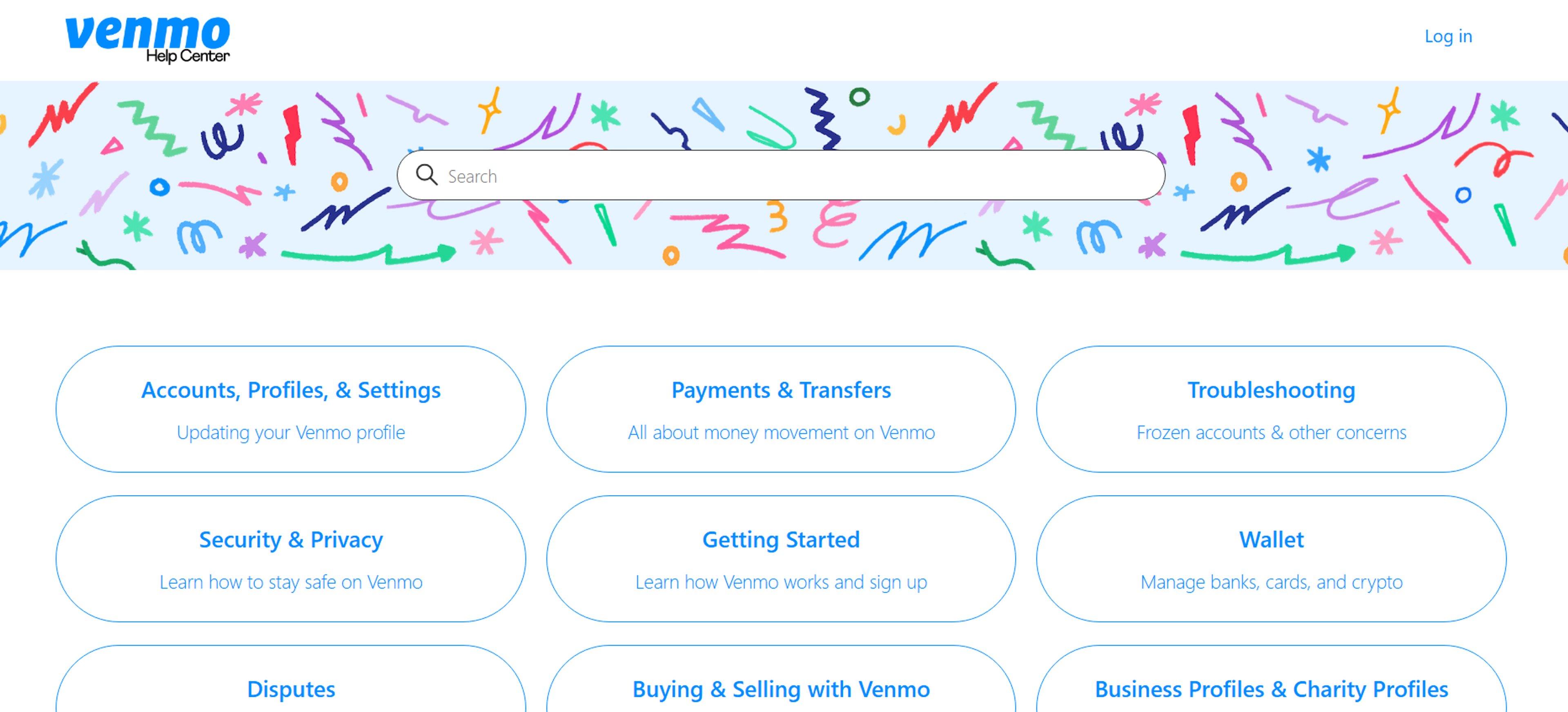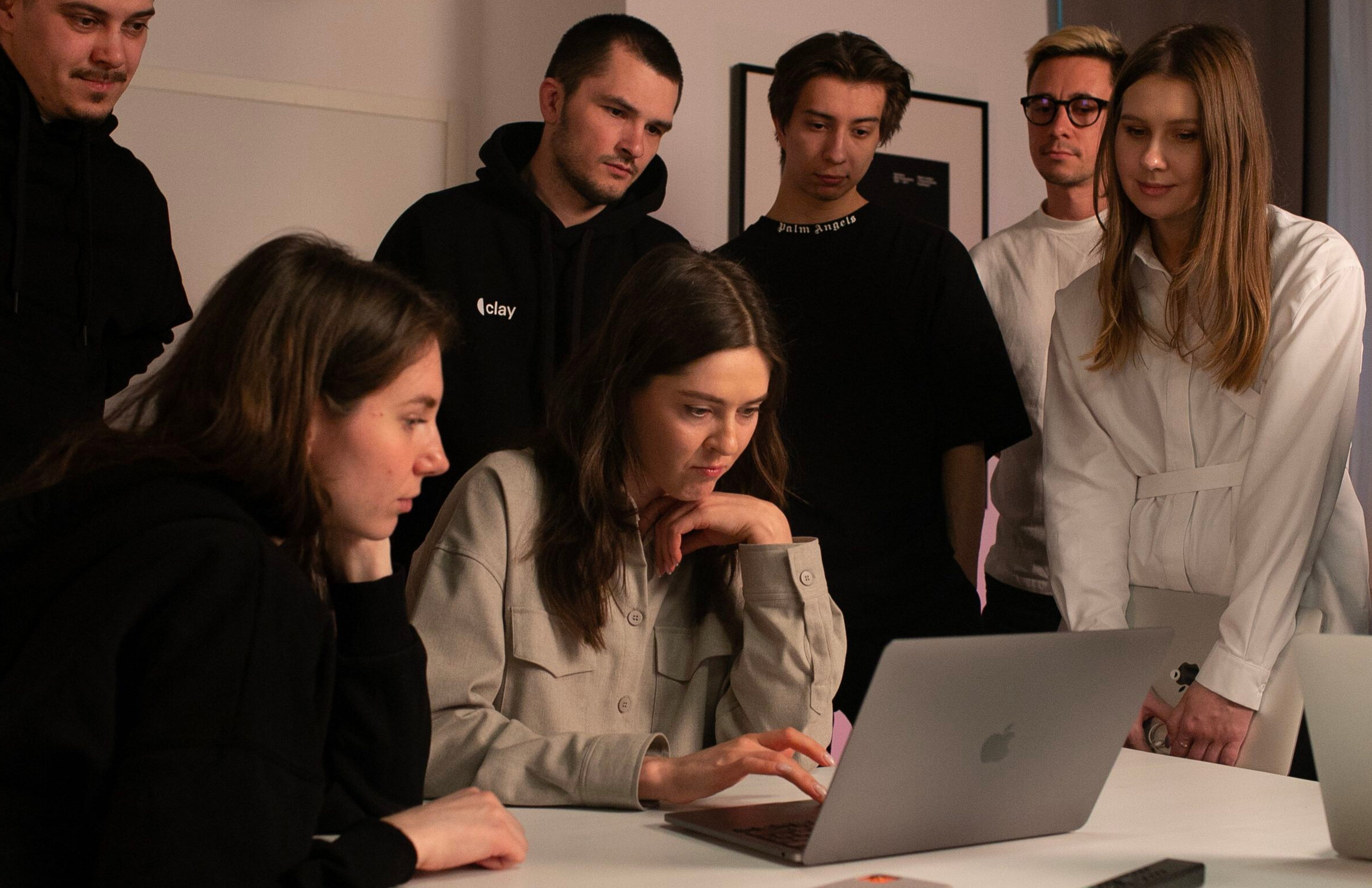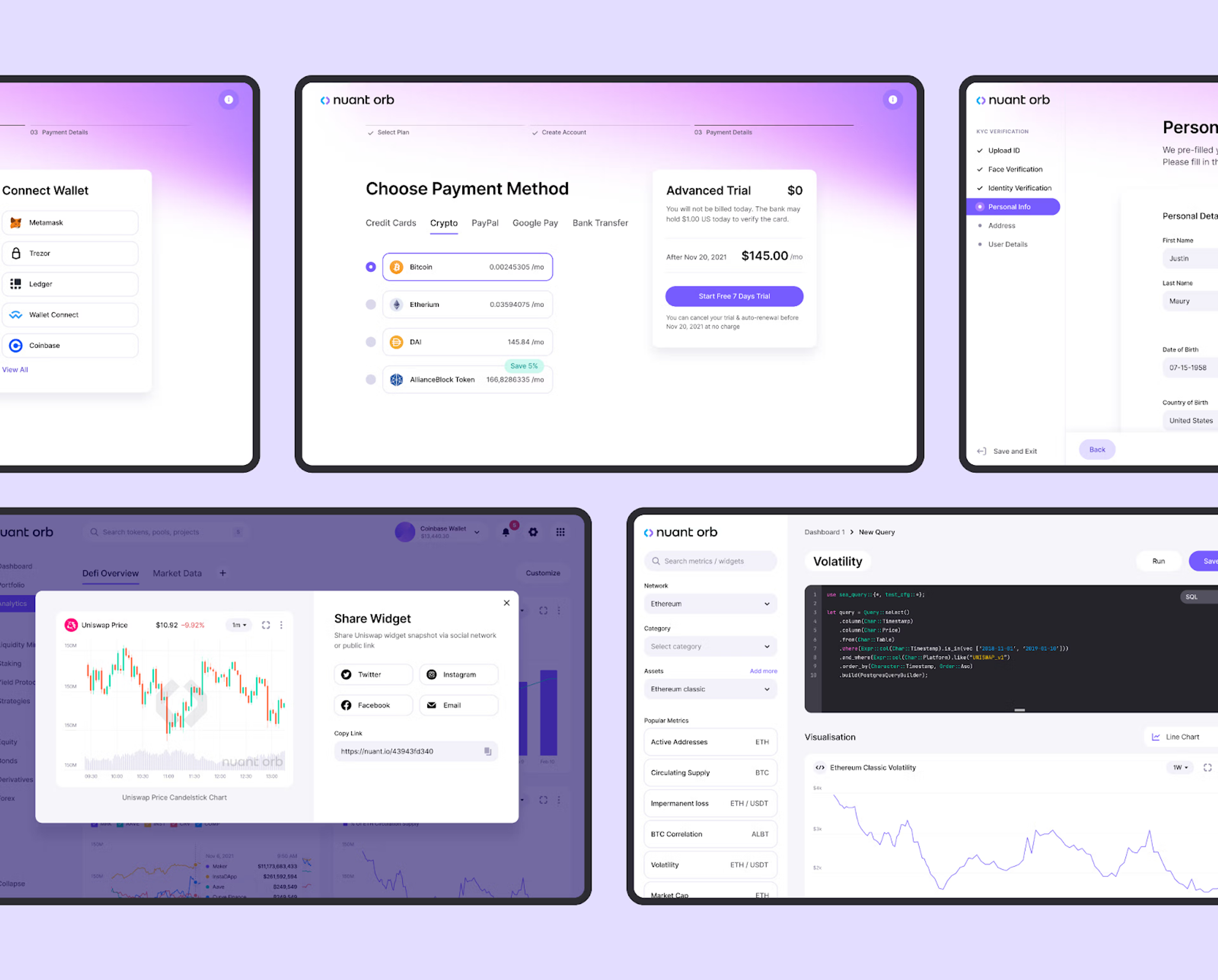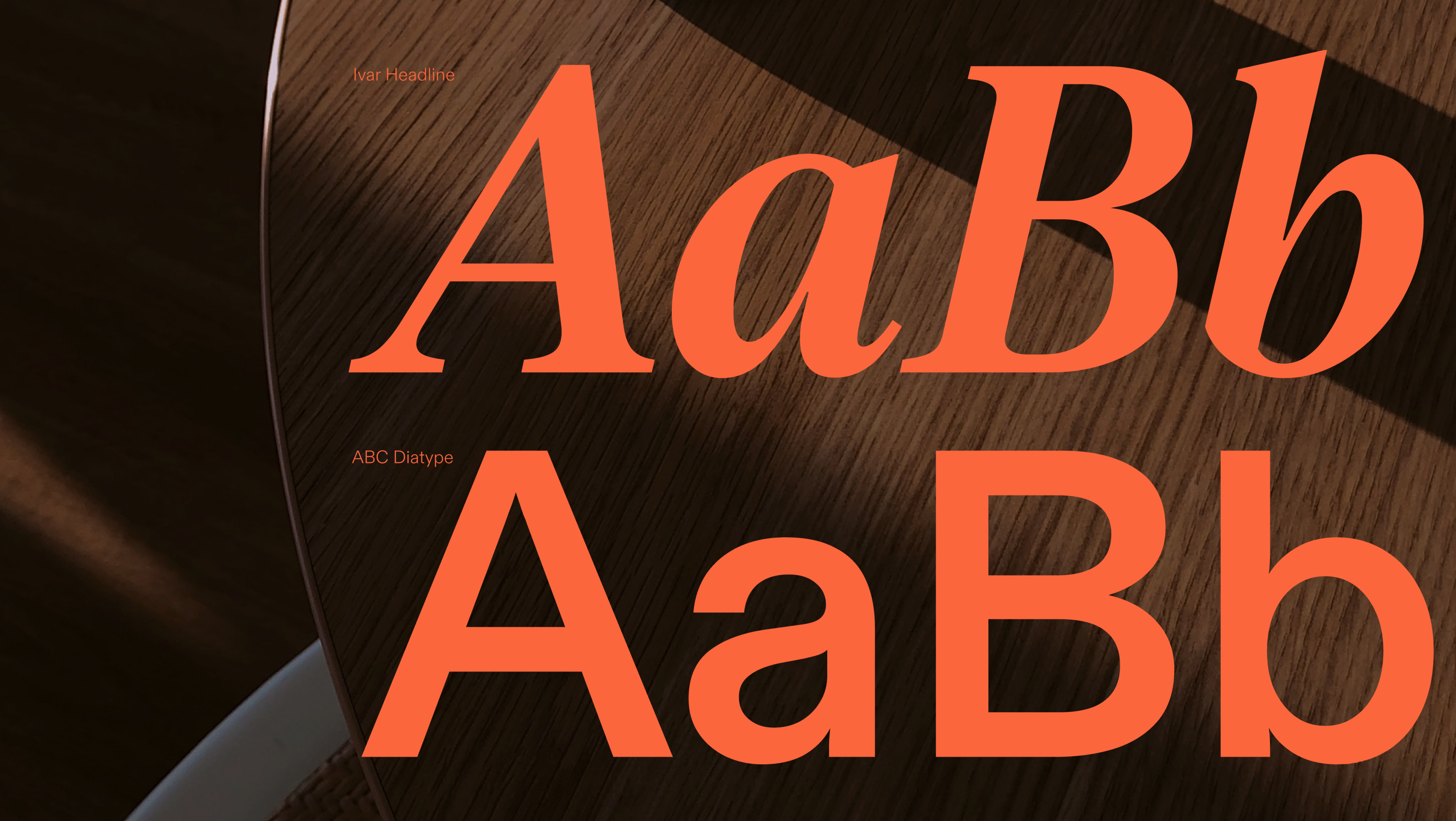A practical approach to design in Web3 can spearhead mainstream adoption by cultivating trust and enhancing the user experience.
In this context, understanding blockchain technologies is pivotal in making a crypto ecosystem more user-friendly and trustworthy. At the same time, technical adoption is still impeded by numerous roadblocks of complexity and low user trust.
What Does Web 3.0 Mean?
While Web 2.0 marked the turning point for blooming social media sites, Web 3.0 promotes practical control, cryptocurrency, AI, and increased personal ownership of data via smart contracts.
The decentralized web is reshaping internet usage and community building by transitioning from Web 2.0 to Web 3.0, emphasizing user autonomy and direct interactions through technologies like blockchain.
Source: pixelplex.io

Unlike its predecessor, which is dominated by centralized systems, Web 3.0 seeks to give users higher control over their data and digital assets by utilizing Decentralization and peer-to-peer networking.
Key features of Web 3.0 include:
- Decentralization: The tokenless ecosystem is powered by blockchain and relies less on centralized entities like big tech companies.
- Semantic Web & AI: These algorithms personalize more services by actively interpreting users’ data to make them more human-like.
- Token-Based Economy: The economy is run by cryptocurrency, NFTs, and digital smart contracts, allowing digital asset possession.
With Web 3.0, users can expect a revolutionary change as the internet becomes user-powered, secure, and transparent.
Blockchain's Impact on the Digital World
Decentralization, transparency, and user control define Web3. Its predecessors would not have been possible without blockchain, and for Web3, Decentralization and user-centric approaches form the foundation.
A decentralized network plays a crucial role in facilitating transparency and real-time transaction data, enabling users to interact seamlessly with decentralized financial applications through tools like blockchain explorers. It changes digital interaction in the following ways:
Speed and Fairness in Digital Transactions
With the removal of intermediaries, decentralized applications (dApps) revolutionize user interactions by making the transaction process faster, more secure, and lower-cost.
Source: forbes.com

Smart contracts make automated trustless agreements simple, reducing loss through fraud and lowering processing times while also lowering the fees associated with traditional financial systems.
Strengthening Seller-Customer Relationships
With Direct P2P interactions and decentralized apps being promoted, third-party platforms become obsolete. This allows sellers to have better control over the pricing and distribution of purchased goods alongside customer data while buyers also enjoy reduced costs, better transaction transparency, and increased trust in the system.
Decentralized control and user empowerment through Web3 changes the management of the Digital economy, enabling a more user-first, equitable, and open internet.
The Current UX Landscape in Crypto
Even with the steady adoption of cryptocurrency, a smoother user experience through thoughtful UX design is still to be achieved. Most new customers looking to use crypto services encounter overly complex interfaces that can be demotivating. If these complexities are resolved, more users will utilize cryptocurrency services.
Pain Points in Crypto Wallet Interfaces
A good example of a crypto wallet is MetaMask. A widely-used software cryptocurrency wallet that interacts with the Ethereum blockchain. It allows users to manage account keys, broadcast transactions, and securely connect to decentralized applications through a browser extension or mobile app.
Source: metamask.io

Potential crypto service users face many barriers, especially when the target audience is not clearly identified. The interfaces of crypto wallets, exchanges, and dApps are heavily centered on functionality at the expense of user-friendliness.
Comparing Crypto Platforms to Traditional Financial Apps
Comparing cryptocurrency platforms with traditional financial applications starkly highlights the inefficiencies of the former.
Platforms such as PayPal and Venmo set a golden standard in ease of account management, transaction tracking, and money sending due to their high-quality and customer-oriented design.
Source: help.venmo.com

Sadly, most cryptocurrency platforms are plagued with jargon-laden procedures and featureless, non-intuitive interfaces, making it difficult for users to make informed decisions.
Design Principles for Building Trust in Crypto
Trust is built through design and data, which is vital for an immersive user experience. As mentioned before, trust determines whether people will or will not engage with a service or product, especially in the finance, healthcare, and e-commerce sectors. In the following section, we highlight some design elements that help users trust products and services and keep returning to them.
Transparency in Design
We redesigned Grayscale’s website and ETF subdomain, blending traditional finance precision with crypto innovation. The new interface simplifies navigation, organizes content, and enhances transparency through clear data presentation and historical insights, fostering user trust.
Transparency in UX builds trust by ensuring users understand processes through progress indicators, cost breakdowns, and clear data usage explanations. Simple statements like “Your data is used solely for personalization” reassure users, while subtle animations enhance engagement. When honesty is prioritized, transparency strengthens user confidence and loyalty.
Security-Focused Design Elements
For most users, feeling safe is paramount. The security-reinforced design, starting from the homepage hero section, ensures that users are comforted at every point of the process.
The mere presence of illustrations such as a lock symbol for a safe transaction, a pictogram of two-step verification, or unambiguous terms and conditions of service can make a big difference. This shows users that their information and privacy are a priority.
Inclusive Design for Broader Adoption
Striving towards a wider adoption of cryptocurrency platforms demands equal attention to web design. Equal attention should be paid to design to capture users from different backgrounds and abilities so that crypto can be a tool for all.
This part outlines how crypto platforms can use inclusive design to pave wider adoption, targeting accessibility, internationalization, localization, and specific demographic needs.
Accessibility in Crypto Platforms
Although accessibility is a primary concern in most cases, it is still lacking within inclusivity design frameworks. Most crypto platforms mostly forget the example of accommodating users with disabilities.
Source: appleworld.today

For instance, interfaces incompatible with screen readers or have poor text contrast may visually exclude some users. Also, platforms that depend on precise clicking or gestures may exclude some users with motor impairments.
To fix these problems, platforms should implement features such as keyboard and voice navigation or font resizing while also complying with the Web Content Accessibility Guidelines (WCAG).
By making these changes, crypto platforms can become more inclusive and reach a larger audience. The Bored Ape Yacht Club is an excellent example of how innovative design and immersive elements can create a distinctive and engaging experience, setting a standard for inclusivity and accessibility.
Source: ecos.am

Design for Varied Demographics
People who use cryptocurrency come from different walks of life, ages, education levels, and social classes. Applying one single design will leave out many users. For example, younger, tech-savvy users might prefer complicated, feature-rich interfaces, while older, less tech-savvy users prefer straightforward, simple interfaces.
Platforms can resolve this problem by providing customizable interfaces so users may toggle between beginner and advanced modes. Resources like tutorials or explainer videos can guide less experienced users. Ensuring platforms are user-friendly on mobile devices also helps users with low-end computers or unstable internet connections.
Best Case Studies for Crypto
Here are some of the best crypto cases:
Nuant
We collaborated with Nuant to design Nuant, a crypto asset intelligence platform integrating decentralized and traditional finance. The intuitive interface features customizable widgets, robust data visualization, and a seamless design system supporting both light and dark modes. A consistent visual identity and custom iconography enhance usability, while a personalized dark theme improves visibility. This partnership highlights how user-centric design elevates crypto intelligence platforms.
Coinbase
Coinbase simplified crypto adoption by offering a user-friendly exchange with fiat on-ramps. Overcoming regulatory challenges, it became a publicly traded company, boosting institutional trust. Now with over 100 million users, Coinbase has driven mainstream Bitcoin and Ethereum adoption while setting a regulatory-compliant model for the industry.
Source: coinbase.com

OpenSea
OpenSea became the largest NFT marketplace by supporting multiple blockchains and implementing security measures against fraud. With over $20 billion in sales, it attracted mainstream artists, brands, and investors, driving NFT adoption and sparking competition from platforms like Blur and LooksRare.
Source: opensea.io

What’s the Next Step for Cryptos?
As Web3 evolves, its design landscape is rapidly changing, bringing both opportunities and challenges for designers. The decentralized web is playing a crucial role in reshaping internet usage and community building, emphasizing the transition from Web2 to Web3. This section highlights key trends shaping Web3 design and how innovation is redefining user experience.
Integrating AI and Automation into UX
AI and automation are transforming Web3 UX. AI-driven personalization adapts interfaces to user preferences, and automated tools simplify tasks like crypto portfolio management. Chatbots and virtual assistants are helping users navigate dApps and troubleshoot issues, reducing friction and making Web3 more intuitive.
Multimodal Interactions: Voice, AR/VR, and Metaverses
Crypto adoption is evolving with multimodal interactions — voice, AR/VR, and metaverses — enhancing user experiences.
Voice Interfaces: AI-driven voice assistants streamline transactions, improve security with biometric authentication, and simplify crypto navigation.
AR/VR: Immersive dashboards offer real-time analytics, NFT interaction, and gamified crypto ecosystems, elevating digital asset engagement.
Source: artlabs.ai

Metaverses: Decentralized virtual worlds integrate crypto payments, NFT ownership, and DAO governance, creating dynamic digital economies.
Challenges & Future: Scalability, interoperability, and regulations remain hurdles, but advancing tech will drive seamless blockchain interactions.
Multimodal interactions are redefining crypto, making it more intuitive, immersive, and accessible for users worldwide.
Read more:
Conclusion
Users can quickly adopt Web3 and cryptocurrency technology with little focus on design. Addressing the user’s expectations to make the system easy to use, safe, and efficient is critical.
The design must incorporate openness and welcoming floors full of barriers and blockades to build trust. Users require explicit language, less interweaving technological magic, solid protection that does not suffocate, and the ability to open doors for anyone, regardless of their experience with NFTs or the blockchain.
For Web3 systems to gain traction, designers must empathically and ethically solve legitimate issues. Everything hinges on developing appropriate tools people can understand, value, and trust. A people-first approach enables inclusive and impactful digital ecosystems that empower users and create new possibilities.


About Clay
Clay is a UI/UX design & branding agency in San Francisco. We team up with startups and leading brands to create transformative digital experience. Clients: Facebook, Slack, Google, Amazon, Credit Karma, Zenefits, etc.
Learn more

About Clay
Clay is a UI/UX design & branding agency in San Francisco. We team up with startups and leading brands to create transformative digital experience. Clients: Facebook, Slack, Google, Amazon, Credit Karma, Zenefits, etc.
Learn more




